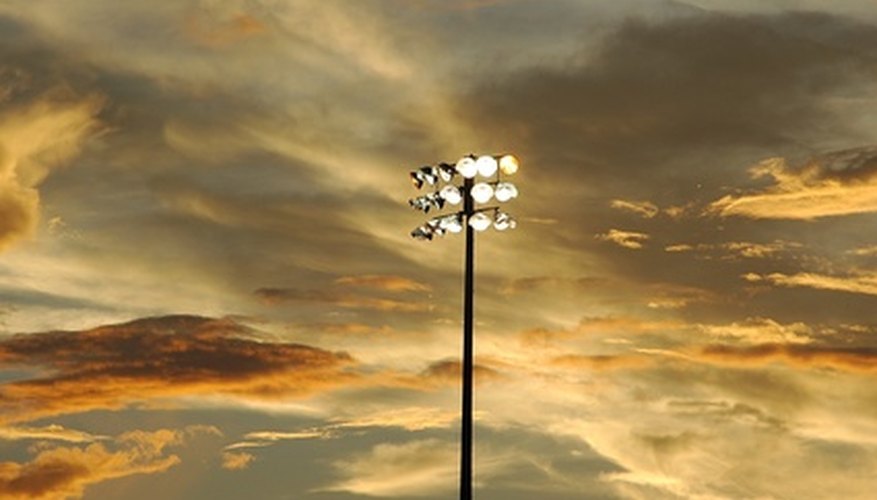Taking photos in situations where floodlights are the primary lighting source--such as nighttime sporting events--requires that you have the necessary camera equipment and knowledge of how to utilise your camera's settings to specifically fit the event you're shooting. Fast-moving sports need the widest aperture your lens has available, a camera with a very fast shutter speed, the highest ISO setting possible and a telephoto lens. A monopod is also recommended, as most sporting events don't allow flash attachments to be used.
- Taking photos in situations where floodlights are the primary lighting source--such as nighttime sporting events--requires that you have the necessary camera equipment and knowledge of how to utilise your camera's settings to specifically fit the event you're shooting.
- A monopod is also recommended, as most sporting events don't allow flash attachments to be used.

Set the camera to "Manual."
Set the shutter speed to 1/500th.
Set the ISO to 3200 (if unavailable on your camera, use ISO 1600).
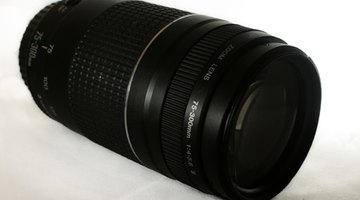
Attach a 75-300mm telephoto lens (or the closest similar lens available).
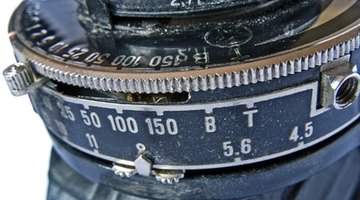
Set the aperture to f2.8 (f2.8 is the ideal setting, but if your lens does not open that wide, set it to the widest aperture setting you have, for example, f4). If you are photographing a one-time-only sporting event, keep in mind that lenses can be rented, so it is not necessary to purchase a new lens if you're not going to use it often.
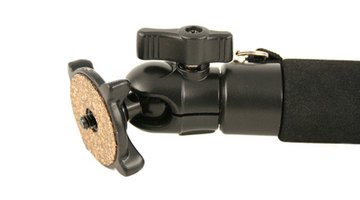
Attach the camera to a monopod.
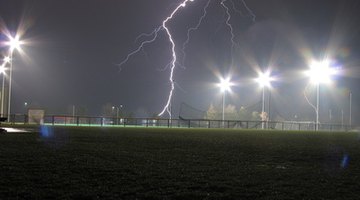
Make some test shots, and check the images for exposure quality. Adjust your exposure settings up or down, as needed. Use the camera's Exposure Compensation control (+/- button), and set it at minus, or plus, 1 or 2.
TIP
Since you are shooting in manual mode, it's suggested that you double-check your settings every so often, to make sure everything is still correct. During halftime, go through your photos and delete those you don't like, in order to save space. If you have an extra camera body, be sure to bring it with you. This way, if there is a malfunction with your main camera, you won't miss photographing what may be a once-in-a-lifetime event.
